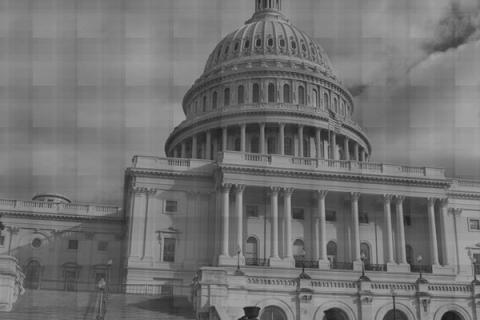For an exercise in futility, log onto the Amtrak Web site and reserve a seat on the Coast Starlight train, which will take you from Emeryville, California straight into Los Angeles’ Union Station. To the tune of about fifty bucks one-way, you can chug your way down the coast to sunny southern California in only 12 hours and 40 minutes.
Excuse me, did you say it would take me nearly 13 hours to get to LA? If I live in San Francisco, I not only have to make the trip to Emeryville, but I also have to spend another wad of cash on three meals on the way down. The direct flight to Beijing takes about the same amount of time.
On Nov. 4, voters will have the opportunity to put California at the forefront of rail travel in the United States. In comparison to high-speed rail service in the rest of the industrialized world, our country is years behind in this regard and the time for action is at our doorstep.
Besides traversing the state in less than three hours, there are numerous benefits to passing this bill. The first obvious plus is job creation. The Bay Area Economic Institute estimates that over the next 25 years, the passage of this bill could create as many as 100,000 jobs for railroad workers, including a permanent 48,000 jobs in the Bay Area alone. Likewise, the San Diego Institute for Policy Research contends it could create up to 45,000 jobs in San Diego alone.
Opponents to the bill have said that the economy is too fragile right now to pass such an ambitious proposition, but the truth is, this is a remedy for the sagging economy. Job creation is a key to economic growth, and a train project will make for a great kick start.
Approval of Prop 1a, which will require 2/3 majority to pass, will also contribute to the fight for cleaner air and lower carbon emissions. With gasoline currently hovering at about $4 per gallon, and scientists nearly unanimously in agreement that something must be done about global warming, rail investment makes perfect sense for 2008 and the future.
It has been predicted that the bullet train could attract around 117 million riders per year by 2030, compared with three million currently on the Amtrak route you wasted your time Googling only moments ago. Imagine 100 million cars off the road, making the trip to and from Los Angeles.
Conservative estimates put the price tag on this project at $33 billion with 75 percent of that coming from private and federal funding. Until that money comes in, the state will not issue most of the bonds. In the slim chance of failure where the rail link is never built, the state will lose less than $2 billion—a worthy risk for a necessary cause.
